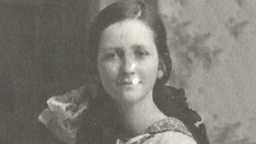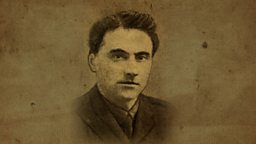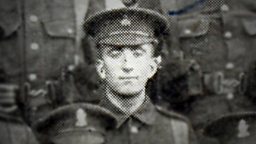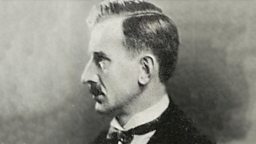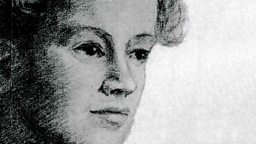George H McLean
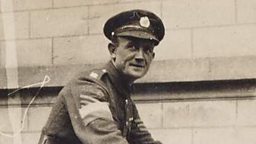
Signaller at the Somme
George Hugh McLean was born in 1890. His father was Hugh McLean, a house steward on the Rockingham estate in County Roscommon. His mother was Edith Moore, from Devon.
This is the worst miserable time I can remember
He specialised in photography at the Albert Agricultural College in Dublin before enlisting as a private with the Royal Inniskilling Fusiliers in 1914.
By the time of the first day of the Battle of the Somme, he was serving with 36th Divisional Signal Company, Royal Engineers. During his years with the Army he was promoted to Sergeant at a date unknown, as his service record has not survived.
From January 1916, George kept a small diary, describing himself as a Signaller, with the Wireless Section, RE. In his diary, now preserved in the National Library of Ireland, he wrote frequent, terse entries describing his experiences, including those on the first day of the Battle of the Somme.
Diary entries
George McLean's diary entries range from the weather ("very cold, snow nearly all day") to attacks ("terrible bombardment during night") to homesickness ("feeling very homesick ... very fed up a big bombardment at about 8pm").
Views on Easter Rising
George gives his views on the Easter Rising on 29 April ("Disgraceful news about Dublin rumour that Ulster Div is for home to have a go at the rebels.") and records in early May that there is "No word from home" and "still no word from Dublin."
Build-up to 1 July
On 19th June 1916, George is describing "Rotten news – I heard I am returning to my unit today feeling fed up absolutely." His entries for subsequent days, through to 1 July, describe his experiences in a few words:
"Hell. Biscuits & B. Gas attack. No water." (26 June)
"Trenches. Biscuits. Hell. nearly blinded with weeping gas." (27 June)
On 30 June, he says he is given orders to "stand by with 9th Innis. HQ."
First day of battle and aftermath
On 1 July, George records simply: "TRENCHES. 9th went over at 7.30 wounded arrived 10 min later a most awful – Batt. practically wiped out."
George's family recollects that he was one of three brothers who fought in WW1. Donald Patrick, the youngest, served with the Royal Dublin Fusiliers, and was killed on 1 July 1916, being buried at Hawthorn Ridge Cemetery n°2.
Awards and later life
George McLean was awarded the Military Medal for his service at the Battle of Langemark in 1917.
Demobilised in 1919, George McLean returned to Dublin and set up a photography studio before working as a technician in the Department of Plant Pathology at University College Dublin.
He died in June 1971.
These pages are based on personal testimonies and contemporaneous accounts. They reflect how people saw things at that time and are not meant to be a definitive history of the period.
Voices 16 objects
Voices 16 galleries
Credits
With thanks to the family of George Hugh McLean for permission to cite from his diary, which is held at the .
Image and additional biographical information courtesy of the .














